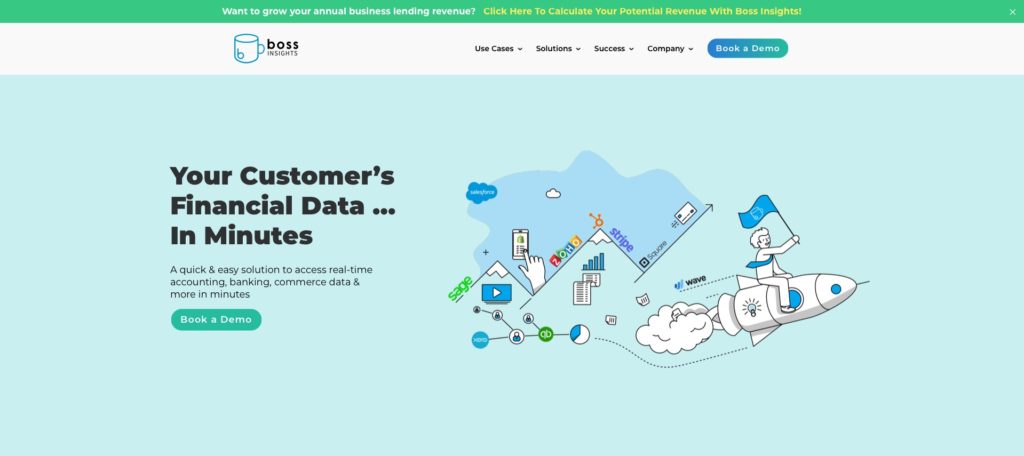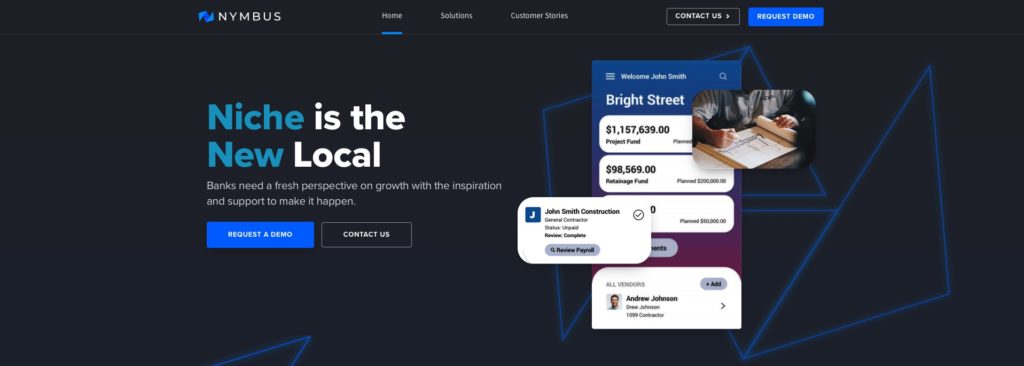
Our Women in Fintech Series continues with an interview featuring Pauline Roteta, Co-Founder and CEO of Pasito.

We spoke with Pauline to discuss the importance of DEI in current fintech trends, the benefits of finding one’s community, and her journey to founding Pasito, the fintech that delivers financial wellness through inclusive employee benefits.
Pauline will be joining our Women In Fintech Power Panel: Paving The Way For The Next Generation Of Female Founders & Executives – How Can We Reach A Gender-Neutral Future In Financial Services? at FinovateFall next month.
Tell us about yourself.
Pauline Roteta: I went to college to be a Civil Engineer. Growing up in a small town in Argentina, I was awestruck by the sheer size of development in New York and wanted to be part of that continuous cycle of growth. While I cherish the process thinking engineering gave me, after a couple of civil and construction internships, I was hired by Goldman Sachs for the summer and have never looked back.
In finance, I found a community of the sharpest minds tackling global challenges and saw the opportunity to effect impact at scale.
Now a decade later, I can safely say that finance has given me the development and growth I was after. I’ve been part of teams that grew multi-billion dollar businesses from scratch, led acquisitions, raised private equity funds, and I have been the most senior female investor of a private markets investment fund. In 2021, with this experience under my belt, I co-founded Pasito, a female-led fintech delivering inclusive benefits for working parents. As a founder and business leader, I am now even more excited than at the start of my career for the tremendous growth opportunity ahead for fintech companies like Pasito.
How have you seen the industry change across your career?
Roteta: So much has changed in 10 years. When I first joined BlackRock, we were focused on the European Debt Crisis and unraveling legacy portfolios from the 2008 Financial Crisis. While technology was important to the business model, most of our analysis and delivery was in person. The active-passive debate was just starting. Fintech wasn’t mainstream and wasn’t seen as a threat by incumbents.
Fast-forward to today: we’ve seen a proliferation of fintech companies that are effectively competing with long-time incumbents in wealth, banking, and payments. In the space where we are building, there has been less disruption. Plan administrators continue their manual processes. Technology looks like it’s from the first days of the internet. Customers haven’t yet been delighted. Pasito is working on changing that.
Where do you see fintech heading in the next 12 months?
Roteta: After the events of 2020, financial health and diversity, equity, and inclusion will remain top of mind for businesses and the government. We’re seeing employers treat financial and mental wellness with the same care that they treat physical health. That’s a huge win for the retail consumer and creates an opening for new business models in fintech to fill in the gap left behind by wealth management.
When it comes to DEI, we see fintech pushing the boundaries of financial product and service personalization.
While we’ve seen an explosion in fintech, it’s important to remember most of the big problems remain without a solution. The U.S. has never been more unequal. The wealthiest families, who are primarily white, own most of the stock market. Black and Latinx families have limited access to financial advice, and their assets amount to a fraction of the average American household wealth. At Pasito, we are working on closing this gap, one product at a time. Our hope is that more fintechs will build with this mission in mind, rather than continuing to develop products that solidify the status quo.
What more do you think can be done to support women in fintech?
Roteta: We have a long way to go in fintech to reap the benefits of a diverse workforce. The easiest way to begin this work is for leaders in the space – both men and women – to first look inward and ask:
- What am I doing to actively advance women in fintech?
- How am I contributing to female-founded and women-led companies and initiatives?
- How many women are working for my company? (if the answer is not many, then ask WHY?)
- How is my culture inclusive and inviting to women?
The second easiest way to support women in fintech is to simply listen. What do women need to join the industry? If you ask, they will tell you. (Hint: it usually boils down to equal pay, family-friendly benefits, and flexibility.)
Lastly, invest social and financial capital in women. Women with powerful ideas will not only increase the return on your investment, but also the overall positive impact you can have on the world.
Where did you find support in the fintech world?
Roteta: We’ve seen tremendous support from Startup Boston, Parenthood Ventures, The Capital Network, other fintech founders, and personal mentors. The insight and community from these networks have been invaluable for Pasito’s early growth stage. Our leadership team is now paying it forward to other founders, so we can collectively level the playing field in hiring, building, and fundraising.
What advice would you give to women starting their careers in the industry now?
Roteta: Be confident. Find your community. Listen to founders who have been there before. Conduct market validation before spending your money. Be selective of your investors. Above all else, stay true to your mission and values.
Photo by RF._.studio from Pexels
























